2025 Hyundai Creta Electric review, first drive - familiar ground
It's safe to say that this year will set the tone for India's EV landscape for the near future. As with the others, Hyundai will also need to carve a space out for itself here, and the Hyundai Creta Electric seems to be their tool of choice for this. So far, the numbers on paper haven't set the world alight, but it's in the metal where all the difference is made.
2025 Hyundai Creta Electric Styling, boot space
Hyundai doesn't seem to want to mess with what isn't broken with the Creta Electric. But there's just enough here to set this EV apart from the other Creta derivatives out on our roads. Thankfully, there's not too much of the blue or green highlighting that carmakers use to separate their EVs, but you do have some neat integration of the 8-bit pattern that is a link to the Ioniq line of cars.
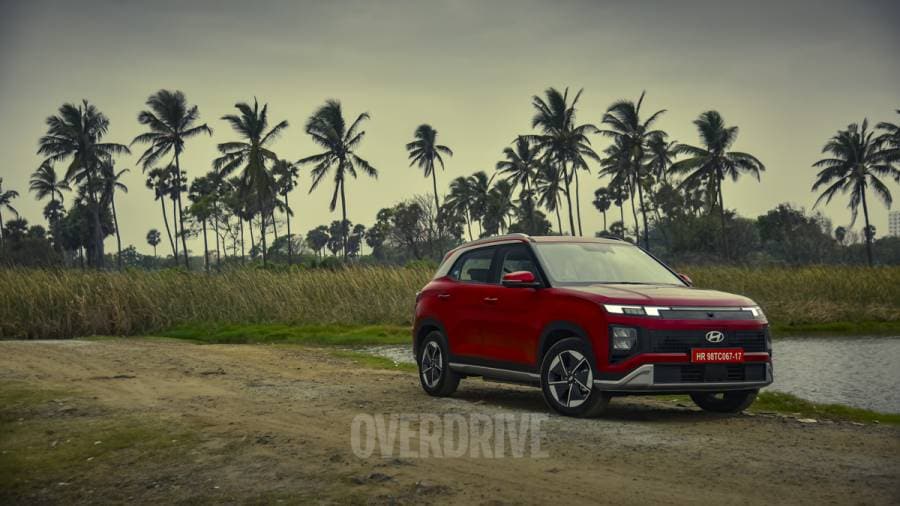
You notice this in the blanked-out face and around the light signatures, as well as in the new bumpers. The front-facing charge port should make driving up to public chargers a bit easier and it's tied to the central locking system which simplifies things. You also have some openable faps in the bumpers for cooling, although the finish for these could have been better. That isn't a problem with the rest of the gloss black and silver elements in the new design elements.
In profile, not much has changed. The Creta Electric has a brighter colour palette, and the 17-inch wheels have a different design. But Hyundai could have been a bit more original with this look, these seem inspired by those of a rival. There is still 200mm of ground clearance, though, so the Creta Electric should clear most obstacles without hassle.
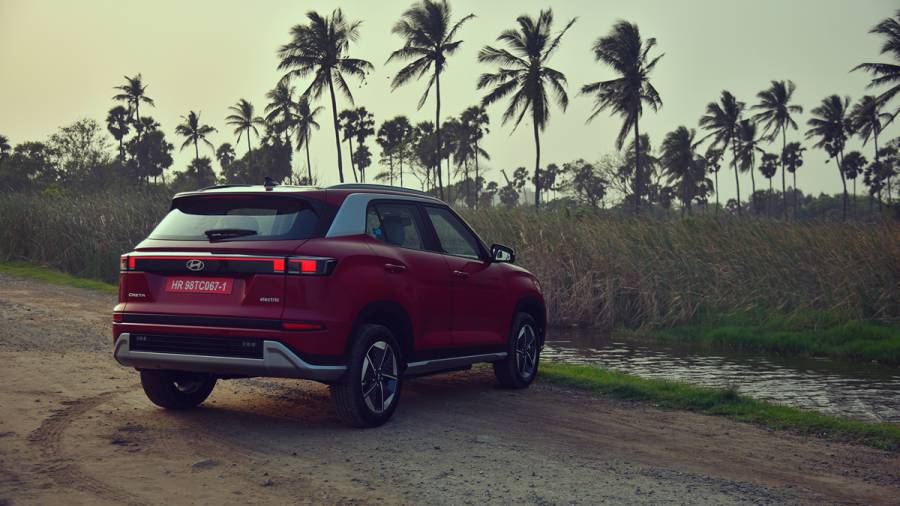
The rear sees the same themes as the front with the 8-bit pattern in the bumpers, incorporating a different set of reverse lights and the angular silver bumper look.
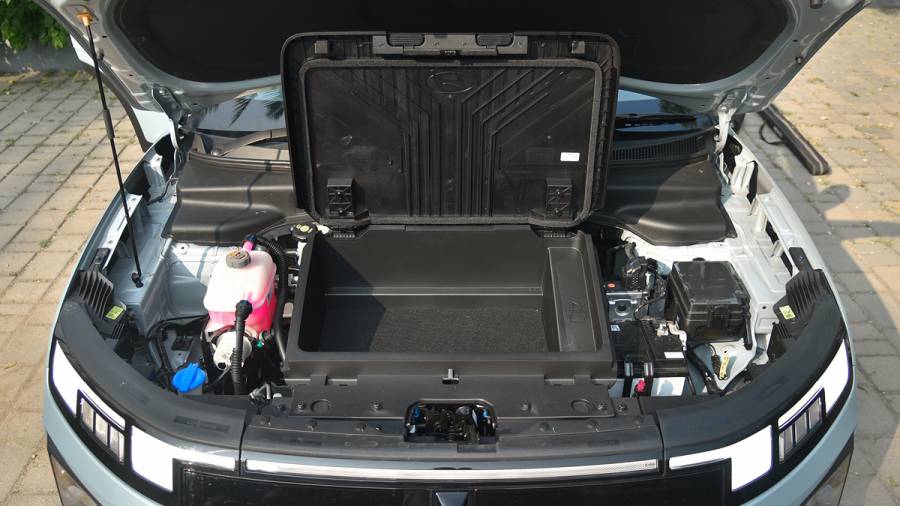
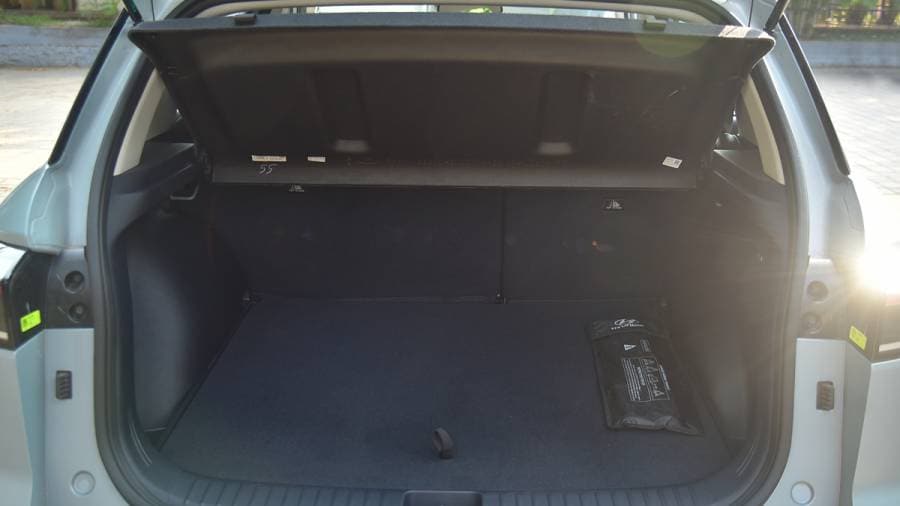
Hyundai has done a good job of enhancing the Creta's practical sense with this EV version. You still have the same 433 litres of boot space. The packaging here hasn't changed with the wide, flat space remaining. There's also a full-sized spare. The 22-litre frunk takes effort to get to but can hold a portable charger easily enough.
2025 Hyundai Creta Electric interiors, space, practicality
The same sense of familiarity continues as you step inside the Creta Electric. The dash design and colours have been carried over from the standard Creta, with minor changes in materials and finishes, aside from the green panelling and blue lighting. So it's a modern-looking space which is finished well if not right at the top of its segment.
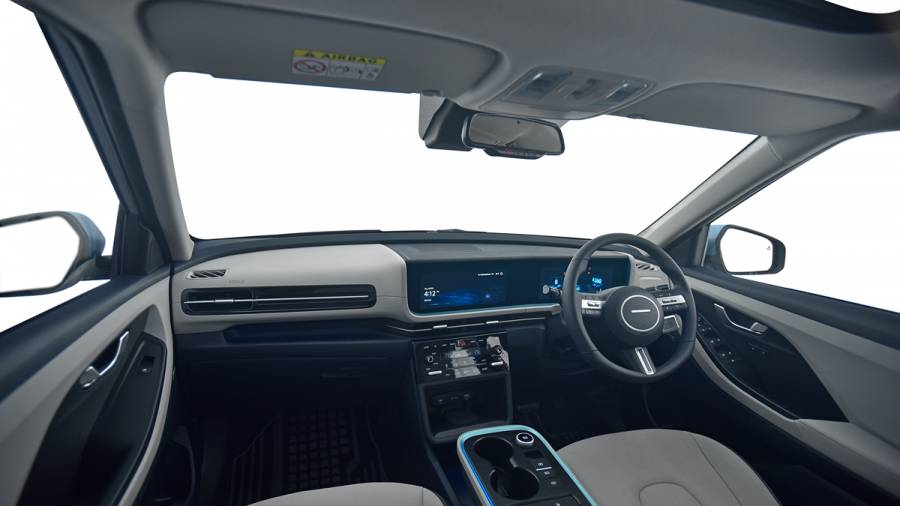
But there have been improvements to this which seem inspired from the Ioniq range, separating the Creta Electric from the rest of the range. These new bits also seem to be better made, which adds to the experience. So you have a new steering wheel with the Morse code Hyundai logo and the toggle-type steering-mounted gear selector. These seem to function with a touch more tactility and a softer finish than the other bits carried over from the ICE Creta.
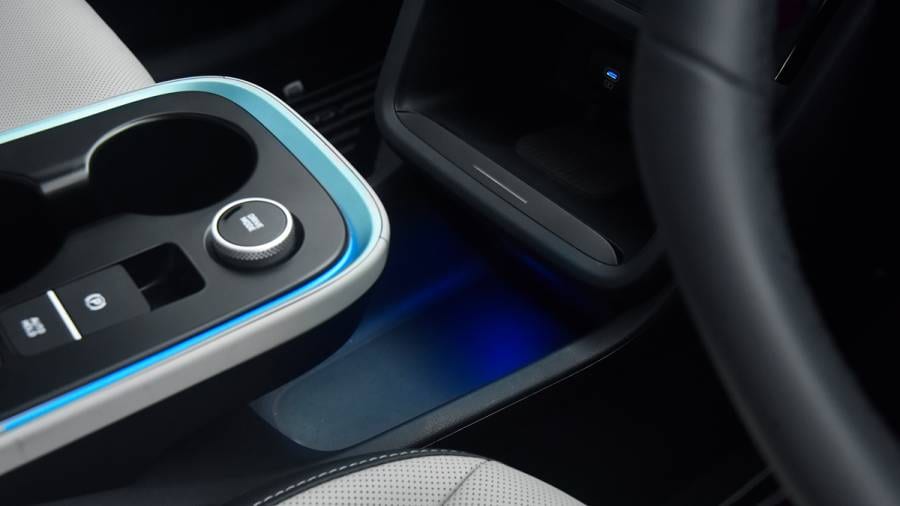
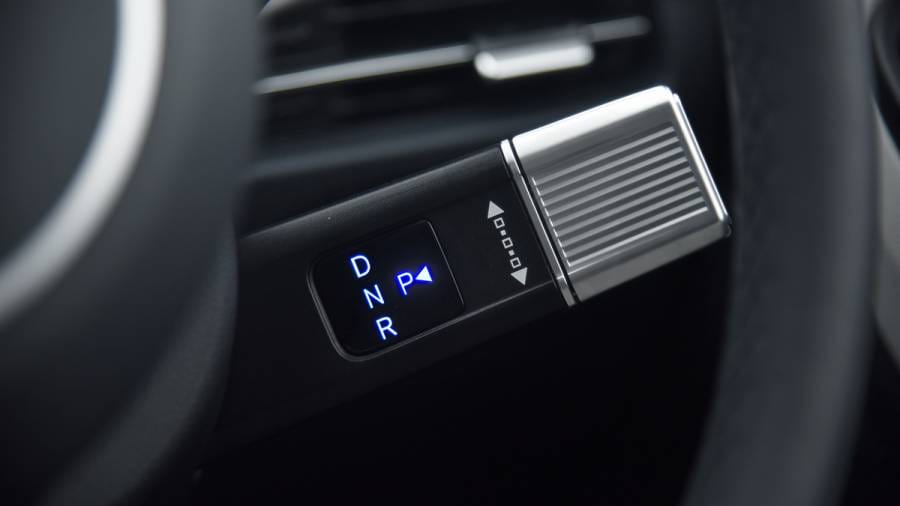
This new arrangement has led to more useful utilization of the central tunnel. You now have a large open space for your wireless charger and other small items as well as a big tray on the floor. It's a good impression of the open flat feeling of an Ioniq 5's cabin within the constraints of a converted platform. The floating cup-holder section also holds some chunky buttons for the ventilated seats now. The central armrest cubby too seems slightly larger now with cooling being added.
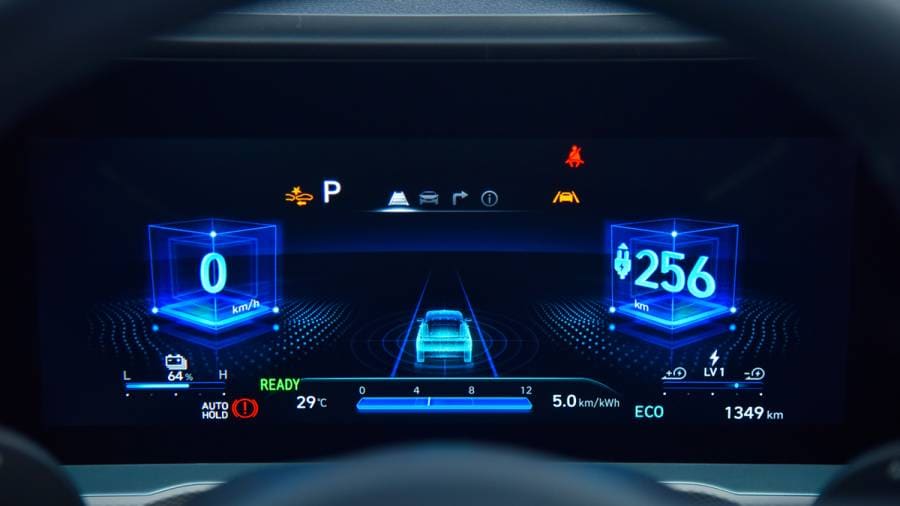
The two 10.25-inch screens remain the same but now get EV-specific dials and graphics. There is still no wireless Android Auto/Apple Carplay but you have route planning, a digital key as well as an in-car payment option. As we noted with the Alcazar, Hyundai has now moved to a touch panel for the climate controls, which don't work nearly as well as the physical buttons from the standard Creta.

Hyundai has done quite a bit for the rear seat, to enhance the value proposition of an EV's higher price-point. So the seat itself hasn't changed, you get blue-tinted upholstery to match the cabin and a new third headrest but there are now tray tables and a boss mode. A useful addition is that of the V2L three-pin plug that goes with the USB chargers already present in the cabin. Other than this the panoramic sunroof and sun shades have been carried over.
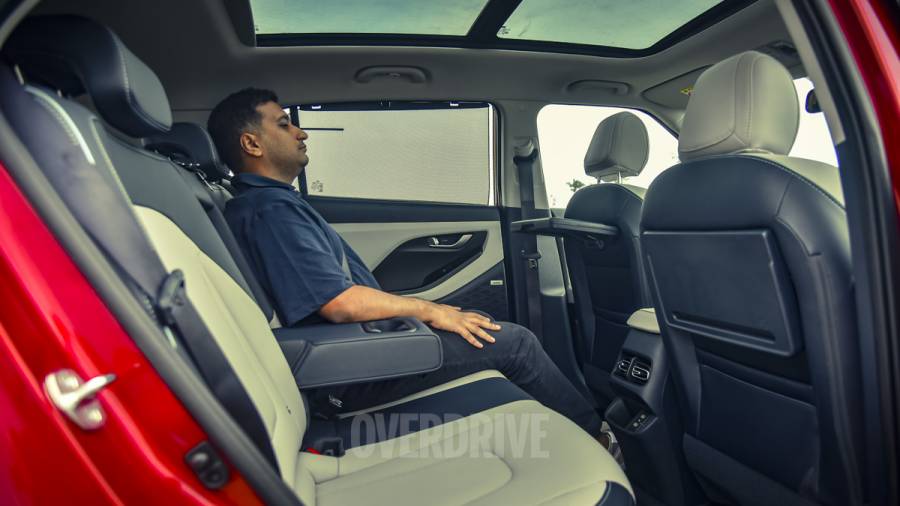
As with many EVs, the floor here is slightly raised. This has led to thigh support not being as generous as in the ICE Creta. But given that this was a wide supportive seat, to begin with, this change isn't starkly noticeable. So it's still a comfortable space with good headroom and the reclining feature that's available.
2025 Hyundai Creta Electric battery, range, charging
The Hyundai Creta Electric can be had with a 42 or a 51.4 kWh battery pack. Unlike its rivals which use LFP tech, Hyundai uses NMC cells. These are more expensive but also more energy-dense. They are also known to degrade faster but Hyundai is offering an 8-year warranty which is the segment standard. Hyundai says it's using the battery management system and the power unit from its global models.
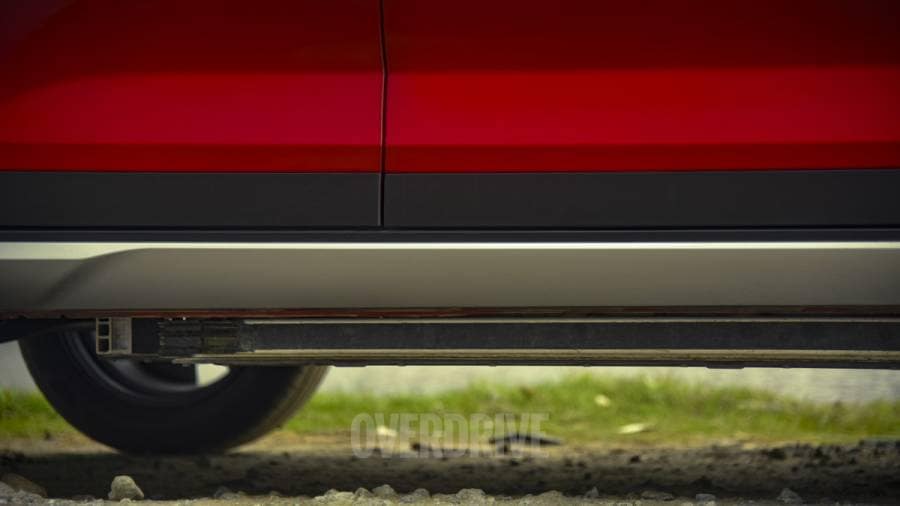
The ARAI range number is 473 km with the larger battery pack. In our time with it, which included some heavy driving, steady highway cruises, B-roads and traffic, we saw efficiency at 7.1 km/kWh which points to over 360 km of real-world range. This puts the Creta Electric in the ballpark of its rivals, and for the average user, there's enough for the Creta Electric to be useful as a commuter and on shorter intercity trips.
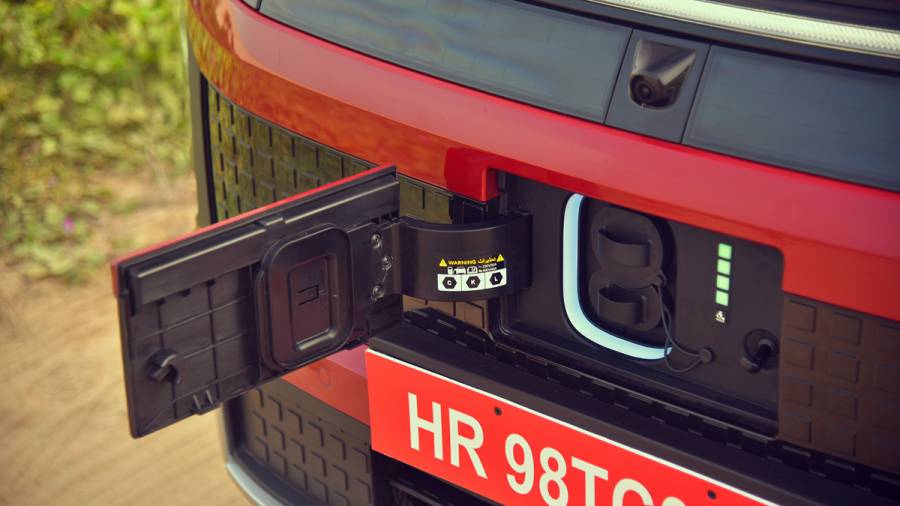
Charging times are convenient too, if again not segment-leading. A 50 kW DC fast charger will get the battery from 10 to 80 per cent charge in 58 minutes, with an upgrade to 100 kW coming in the latter half of this year. The Creta Electric can support 11 kW AC charging which takes the battery up to 100 per cent in 4.5 hours.
2025 Hyundai Creta Electric driving impressions
As you might expect, it feels reassuringly like a Creta once you start driving this EV. You may sit a bit higher than in the ICE version but you have the same expansive view out. So manoeuvring in tight spaces is easier still. Wind insulation could be a bit better though, more apparent without engine noise.
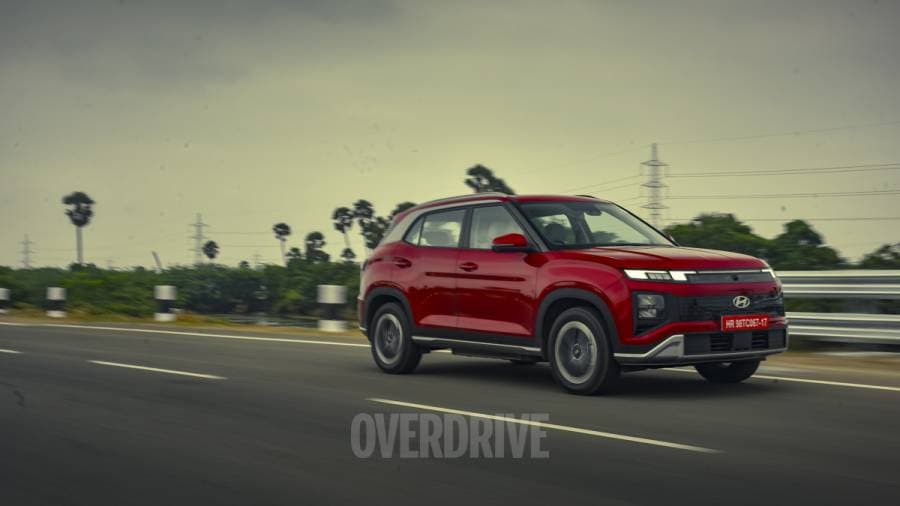
But the biggest highlight of this Crtea Electric is its drivetrain. Yes, it is a bit subdued for the 171Ps and 255 Nm that it makes but more noticeable is the refined way in which this power is delivered. The Creta Electric builds speed in a consistent, predictable way. This sense continues right up to triple-digit speeds where there's no break in this progressive nature. But the refinement truly shows in the way the power unit switches from drive to regen, it's especially smooth and often not too noticeable if aren't paying full attention. This should make it quite easy to get used to for new EV drivers.
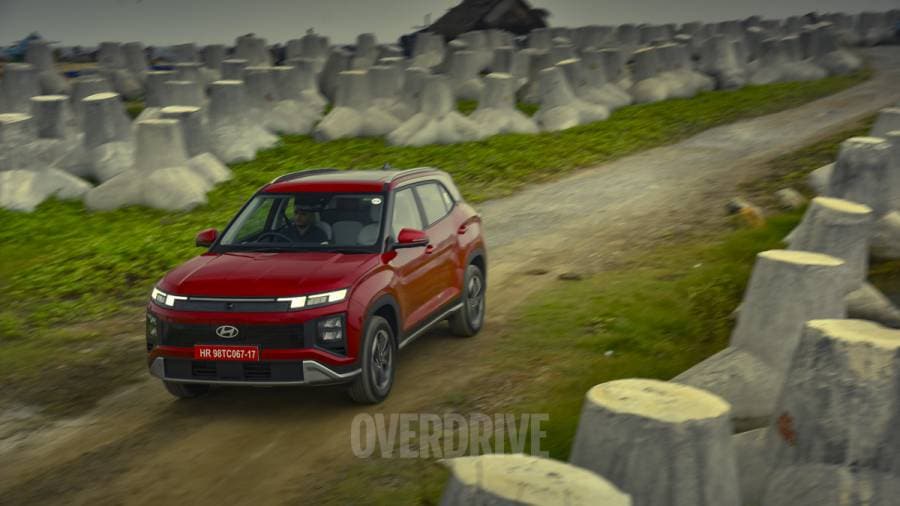
You have a similar regen set-up as the Ioniq 5, including an auto regen mode. The second level feels the most natural, but the Creta Electric isn't too aggressive or abrupt even at the highest level. Like the rest of the package, there is also a one-pedal mode which is well-tuned. It doesn't add too much resistance to the driving experience and unlike some other quite aggressive systems, makes it easy to hold momentum in traffic.
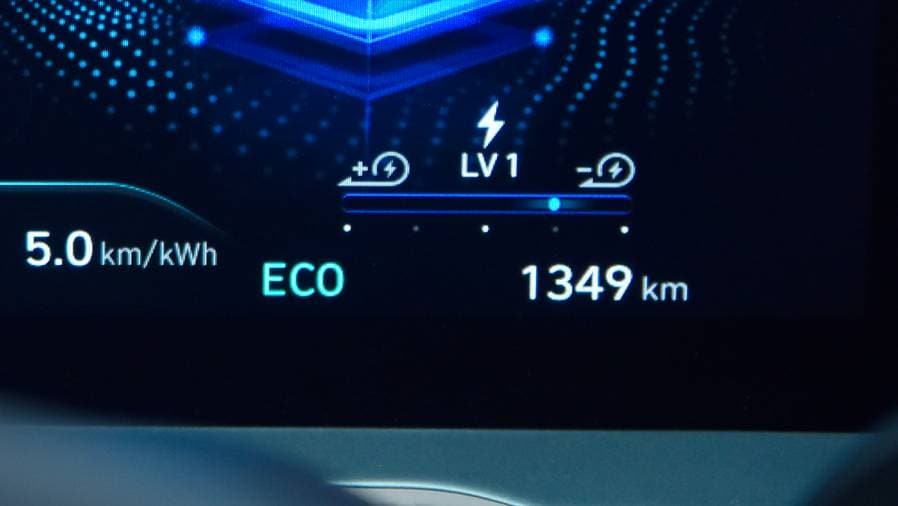
You don't get terrain modes but the three drive modes still remain. Again, the Eco mode isn't too restrained and the Sport mode isn't too peaky to not be of practical use. But we think the default Normal mode is the sweet spot. It doesn't draw too much energy but you still have enough performance for most driving situations.
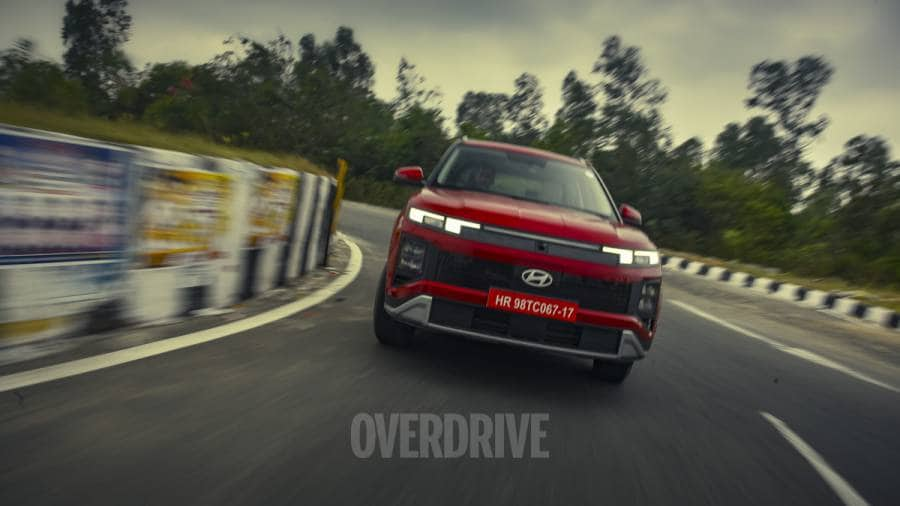
But with this not being an EV-specific architecture, you do notice some compromise. This shows most noticeably in the Crte Electric's dynamic character. Heavy driving reveals that the traction control is working harder than usual to keep things in check and the Creta doesn't seem to put power to the ground as efficiently as some born electric counterparts. There's also a noticeable dive and pitch. There is also a bit more roll than ideal. Yes, the low-slung weight helps but you do need to be more measured around bends to get this car to flow along smoothly. Hyundai has compensated for this by adding more heft to the steering. This has worked and feels quite natural and consistent as it weighs up at speed.
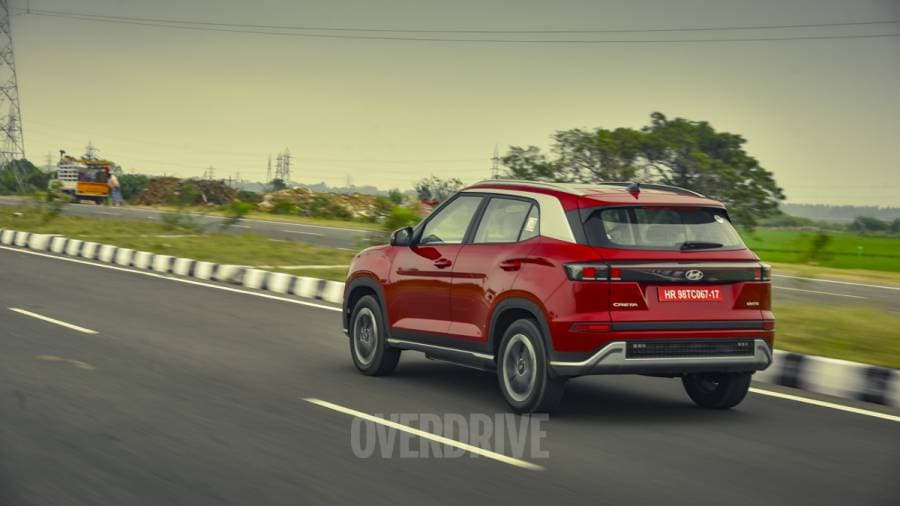
But the trade-off is a good one. The Creta Electric is easily the most secure and comfortable version of the Creta we have driven. Yes, there is some of that underlying firmness that you find in many EVs but the chunky rubber and comfort-focused suspension tune gives this SUV a solid feeling over broken surfaces and deeper ruts. You can carry good speed over these surfaces and not much filter through. The added heft also seems to have given the EV a more secure sense on a highway cruise than the ICE versions.
2025 Hyundai Creta Electric verdict, expected price
While pricing will be crucial(Rs 17 lakh onwards est.), especially since this EV segment is suddenly now quite competitive, the Hyundai Creta Electric deserves more credit than the spec sheets suggest. It may not be at the cutting edge but it is familiar, which may count for as much. It could have had better dynamics but the spacious cabin, good features list and refined drivetrain means you can't go wrong with it, just like any other Creta.
Starts Rs 9.99 Lakhs
1353cc
Automatic
115
242
-NA-













